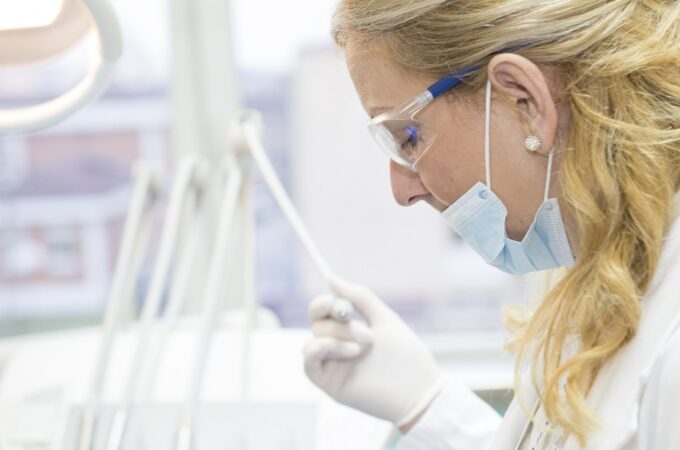
4 Tried and Tested Ways to Treat Cerebral Palsy
Cerebral palsy (CP) is a medical condition that affects movement and posture. It is caused by damage to the brain, either before or during birth. Globally, there are over 17 million people who have cerebral palsy.
There is no one-size-fits-all treatment for all types of CP, as the condition can vary from person to person. However, specific treatments are effective in many cases. This article discusses four of these treatments.
1) Physical Therapy
It is the most common form of treatment and helps the person maintain their range of motion and improve their strength, balance, and coordination.
Physical therapy can be done in several ways. Some modes of treatment are explained below:
- a) Exercises
When a child has cerebral palsy, the muscles are often tight, and they may have trouble controlling them. Exercises can help stretch the muscles and give the child more control over their movement. Here’s how a physical therapist will treat your child:
-The therapist will start by evaluating your child’s range of motion, strength, and coordination.
-They will then create a treatment plan that includes exercises specifically designed to improve your child’s condition.
-Your child will likely do these exercises in a group setting, which can help them socialize and make friends.
Some forms of exercises include:
-Tendon release: The therapist stretches the muscles and tendons to help improve the range of motion.
-Muscle strengthening: This helps the child build up strength in their muscles, which can help with movement.
-Balance training: It can help the child with coordination and balance. For example, the therapist may have the child stand on one foot or walk on a beam.
- b) Massage
Massage can relax the muscles, improve circulation, and reduce pain. It can be done with lotions or oils and performed by a professional massage therapist or a parent at home.
- C) Heat And Cold Therapy
Heat therapy can help to relax the muscles and reduce pain. Cold therapy can help to reduce swelling and inflammation. Heat and cold therapy can be done using a heating pad, ice pack, or warm bath.
2) Speech Therapy
Communication is the second most important thing in human interaction. It is how we connect with others, share our feelings and thoughts, and understand the world around us. For children with CP, speech therapy can help them to improve their communication skills.
Speech therapists work on improving a child’s articulation, which is how they produce sounds when speaking. They can also help with oral motor skills, such as chewing and swallowing. Swallowing difficulties can lead to problems with choking or aspiration, so it’s essential to address these issues early on.
In addition to improving communication skills, speech therapy can also help children with CP develop social skills. Therapists can teach them to make eye contact, take turns in conversation, and understand nonverbal cues. The skills are essential for building relationships with others.
If your child has CP, speech therapy is an integral part of their treatment plan. Talk to a doctor about referring you to a speech therapist in your area.

3)Occupational Therapy
If a kid has issues with motor skills, this therapy can help them improve coordination. The therapist might also suggest changes to the home or school environment, such as adding handrails in hallways.
For children with cerebral palsy, the therapist may focus on:
-Developing skills for daily living, such as eating and dressing
-Improving motor skills so the child can move more easily
-Reducing muscle stiffness or tightness
-Preventing problems with future development
-Improving the child’s ability to interact with other people and participate in social activities.
Occupational therapy can also help families find ways to make daily tasks easier. For example, the therapist might suggest using adaptive equipment, such as a spoon with a built-up handle, to help a child eat. The therapist can also provide ideas for handling behavior problems.
If your child is having trouble in school, an occupational therapist can work with the teachers to develop a plan to help your child succeed. The therapist might suggest changes to the classroom, such as providing more time for tasks or allowing the use of special equipment.
3) Surgery And Implants
Several surgeries and implant procedures can help people with different types of CP. One common type of surgery is selective dorsal rhizotomy, which involves cutting a portion of the spinal cord nerves causing muscle spasticity.
Other types of surgery include tendon release, which helps to loosen tight muscles, and muscle transfer, which moves healthy muscles to areas that need more movement. In some cases, doctors might also recommend using a brain-computer interface device. This technology is still in its early stages, but it shows promise for people with cerebral palsy who have little or no movement in their limbs.
Conclusion
When a child is diagnosed with CP, it can be a very overwhelming experience for parents. There are a lot of things to think about and decisions to make. However, it is essential to remember that many resources are available to help you through this process.




